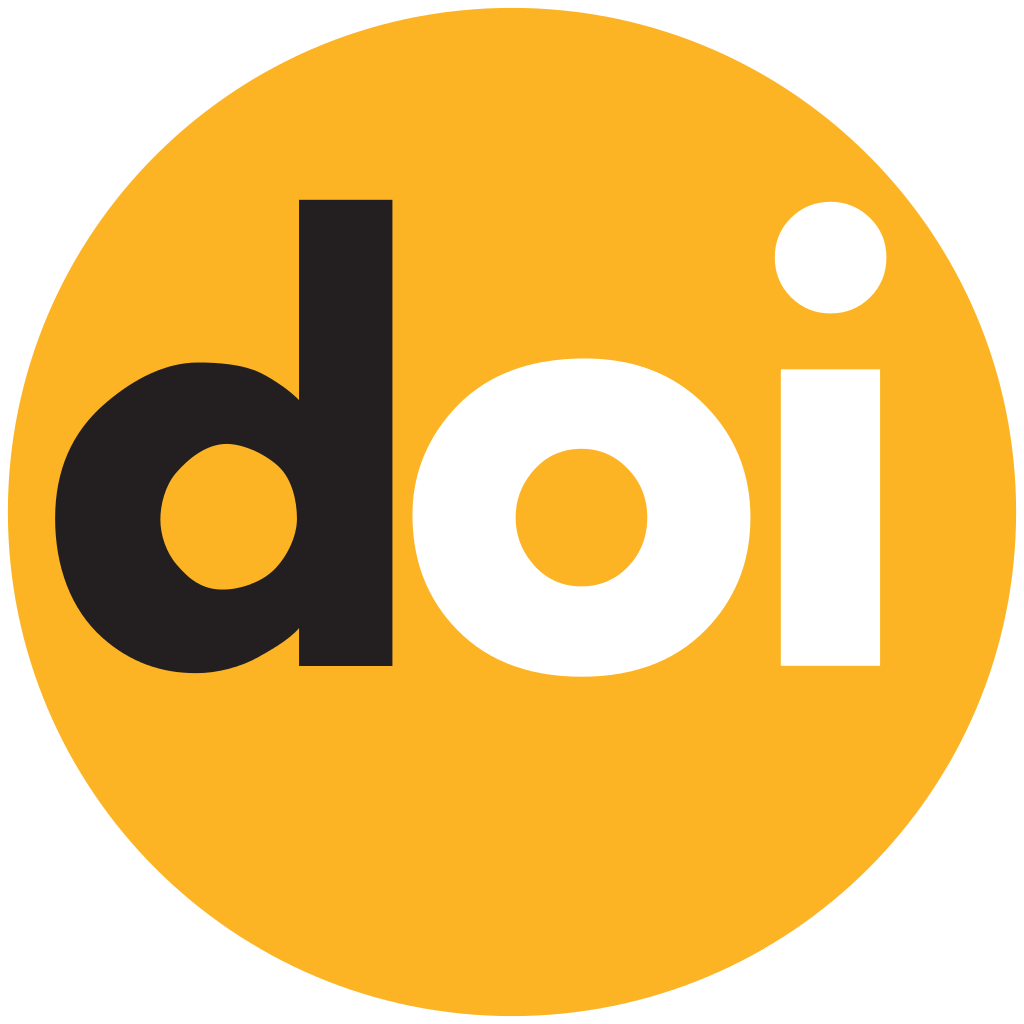Mapping of Agents Involved in Social Entrepreneurship Projects in León, Guanajuato. Mapeo de Agentes Involucrados en Proyectos de Emprendimiento Social en León, Guanajuato.
Abstract
Social entrepreneurs are people and/or entities capable of facing the challenge of taking a disadvantageous situation and turning it into an opportunity that helps a community, a vulnerable group, society or even the government to solve a problem; contributing to reduce the inequality gap, through projects that allow to integrate sectors of the population and address circumstances that common companies do not consider, this while obtaining a common benefit for the entrepreneur himself and for the others involved. A study of 5 social entrepreneurship projects located in the municipality of León, Guanajuato was carried out with the objective of identifying and determining the contribution or benefit of the agents involved in social entrepreneurship projects through the EVPA (European Venture Philanthropy Association) in 2021. The information was obtained through in-depth interviews with different agents (stakeholders). The result is the mapping and analysis of their contribution/benefit and their collaboration in reducing the inequality gap, employment generation, inclusiveness by integrating members of vulnerable groups into its production chain and complying with the principles of fair trade.
Downloads
References
Atkinson, R., y Flint, J. (2001). Accessing hidden and hard-to-reach populations: Snowball research strategies. Social Research Update, 33(January 2001), 1–4. http://sru.soc.surrey.ac.uk/SRU33.html
Baltar, F., & Gorjup, M. T. (2012). Muestreo mixto online: Una aplicación en poblaciones ocultas. Intangible Capital, 8(1), 123–149. https://doi.org/10.3926/ic.294 DOI: https://doi.org/10.3926/ic.294
Banco Mundial. (2020). Desigualdad y prosperidad compartida. Banco Mundial. https://www.bancomundial.org/es/topic/isp/overview
Cabero, J., y Llorente, C. (2013). La Aplicación del Juicio de Experto como Técnica de Evaluación de las Tecnologías de la Información y Comunicación (TIC) The expert’ s judgment application as a technic evaluate Information and Communication Technology (ICT). Eduweb. Revista de Tecnología de Información y Comunicación En Educación, 7(2), 11–22.
Carballo, M., & Guelmes, E. L. (2016). Algunas consideraciones acerca de las variables en las investigaciones que se desarrollan en educación. Revista Universidad y Sociedad, 8(1), 140–150. http://scielo.sld.cu/scielo.php?script=sci_arttext&pid=S2218-36202016000100021&lng=es&nrm=iso&tlng=es%0Ahttp://scielo.sld.cu/scielo.php?script=sci_abstract&pid=S2218-36202016000100021&lng=es&nrm=iso&tlng=es
CEPAL. (2018). La matriz de la desigualdad social en América Latina. In Desarrollo e igualdad: el pensamiento de la CEPAL en su séptimo decenio (p. 236). https://repositorio.cepal.org/bitstream/handle/11362/43540/cap05_Desarrollo_e_igualdad_es.pdf?sequence=71&isAllowed=y
CONEVAL. (2022a). Medición multidimencional de la pobreza en México, 2016 - 2020. 1–121. https://www.coneval.org.mx/Medicion/MP/Documents/MMP_2018_2020/Pobreza_multidimensional_2016_2020_CONEVAL.pdf
CONEVAL. (2022b). Programas de cálculo 2016-2020. Medición de La Pobreza. https://www.coneval.org.mx/Medicion/MP/Paginas/Programas_BD_2016-2020.aspx
Credit Suisse. (2021). Global welth report 2021. Global Wealth Report 2021, June, 60. https://www.credit-suisse.com/about-us/en/reports-research/global-wealth-report.html
Díaz, L., Torruco, U., Martínez, M., y Varela, M. (2013). La entrevista, recurso flexible y dinámico. Investigación En Educación Médica, 1113–1117. https://doi.org/10.1109/IAEAC.2017.8054186 DOI: https://doi.org/10.1109/IAEAC.2017.8054186
EVPA. (2015). GUÍA PRÁCTICA PARA LA MEDICIÓN Y LA GESTIÓN DEL IMPACTO. chrome-extension://efaidnbmnnnibpcajpcglclefindmkaj/viewer.html?pdfurl=https%3A%2F%2Fwww.fundaciones.org%2FEPORTAL_DOCS%2FGENERAL%2FAEF%2FDOC-cw5537916e2a002%2FGuIa_impacto-EVPA-AEF-2015.pdf&clen=10039939&chunk=true
Galvin, R. (2015). How many interviews are enough? Do qualitative interviews in building energy consumption research produce reliable knowledge? Journal of Building Engineering, 1, 2–12.
https://doi.org/10.1016/j.jobe.2014.12.001 DOI: https://doi.org/10.1016/j.jobe.2014.12.001
Glaser, B., & Strauss, A. (1967). The Discovery of Grounded Theory. Aldine.
Hernández, C. (2021). Mecanismo de Comercialización Alternativo de Café. Er Simposio Nacional de Agronegocios: Retos y Oportunidades del Noroeste Mexicano.
Hernández, R., Fernández, C., & Baptista, P. (2010). Metodología de la investigación (6a.). Mc Graw Hill.
Insulza, J. M. (2015). Desigualdad, democracia e inclusión social. In Desigualdad e Inclusión Social en las Américas (pp. 13–34). https://www.oas.org/docs/desigualdad/LIBRO-DESIGUALDAD.pdf
La Nuez, M., & Fernández, E. (2008). Metodología de la investigación educativa (Pueblo y Educación (ed.)).
Mair, J., & Martí, I. (2006). Social entrepreneurship research: A source of explanation, prediction, and delight. Journal of World Business, 41(1), 36–44. https://doi.org/10.1016/j.jwb.2005.09.002 DOI: https://doi.org/10.1016/j.jwb.2005.09.002
Muñoz, A. (2016). Los hogares rurales y urbanos con jefatura femenina y la desigualdad en la distribución del ingreso en el estado de Veracruz, 2014. https://cdigital.uv.mx/bitstream/handle/123456789/46427/QuirozCortesMCarmen.pdf?sequence=2&isAllowed=y
Pedraza, Ó. (2001). La Matriz de Congruencia: Una Herramienta para Realizar Investigaciones Sociales. Economía y Sociedad, 6(10), 311–316. https://dialnet.unirioja.es/servlet/articulo?codigo=5900518&info=resumen&idioma=SPA
Robles, P., y Rojas, M. (2015). La validación por juicio de expertos: dos investigaciones cualitativas en Lingüística aplicada Validation by expert judgements: two cases of qualitative research en Applied Linguistics. Nebrija.
Taylor, S., y Bogdan, R. (2000). Introducción a los métodos cualitativos en investigación. (Paidós (3a.ed).
Townsend, J. (2021). De lo abstracto a lo concreto en la construcción de una matriz de operacionalización. Revista Universidad y Sociedad, 13(5), 586–595. http://scielo.sld.cu/scielo.php?script=sci_arttext&pid=S2218-36202021000500586&lng=es&nrm=iso&tlng=es
Copyright (c) 2025 Iberoamerican Journal of Complexity and Economics Sciences

This work is licensed under a Creative Commons Attribution-NonCommercial-NoDerivatives 4.0 International License.
The authors transfer exclusively the right to publish their article to the Iberoamerican Journal of Complexity and Economics Sciences, which may formally edit or modify the approved text to comply with its own editorial regulations and with universal grammatical standards, before its publication; Likewise, our journal may translate the approved manuscripts into as many languages as it deems necessary and disseminate them in various countries, always giving public recognition to the author or authors of the research.









